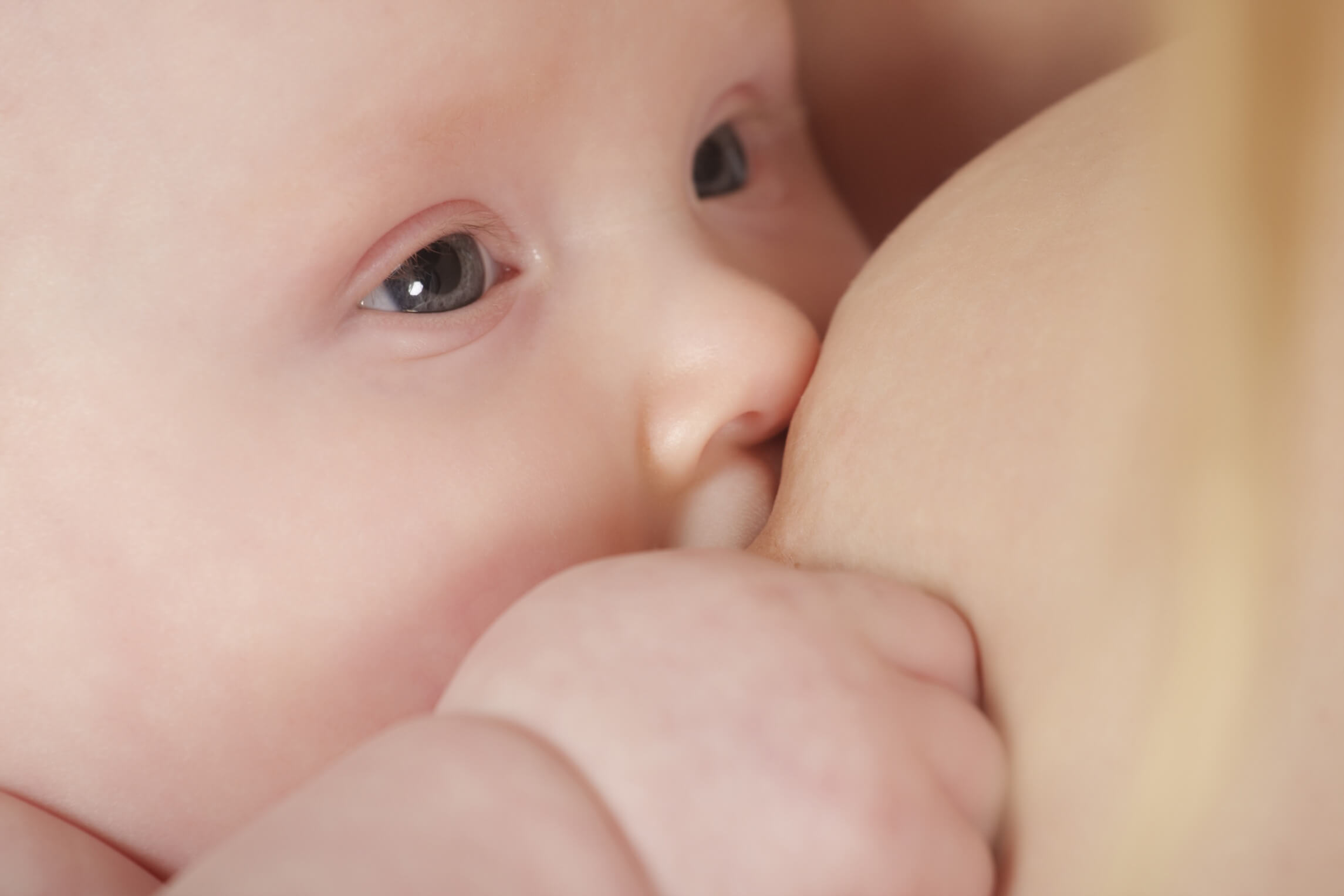5 Keys To Develop a Healthy Bond Between Mother and Child

The bond between mother and child is created from the first day of conception. This connection is never planned and doesn’t have to be forced. It just occurs naturally, creating an amazing bond that links a pregnant mom to their fetus.
The consequences of this connection is a determining factor in the life of a child. If the bond is negative, the child might experience certain emotional deficiencies. Lack of affection and empathy towards a child can make the infant have trouble relating to others.
On the contrary if the bond between mother and child is positive and healthy, the child is usually able to establish assertive relationships. Their self-esteem will remain intact and they will not have any problems at the moment of trying to achieve what they want.
How does this bond benefit mother and child?
According to researchers, this bond has been proven to help both mother as well as child. The bond that develops between mother and child is primordial in the education of children. It also allows mothers to feel stronger and more valued.
A strong connection encourages and enhances children’s self-esteem. In addition, it favors the development of their autonomy and personality from an early age.
The little ones will also suffer less from stress and will have more possibilities for success in life. Moreover it contributes to the formation of strong and diverse interpersonal relationships. This allows them to better relate with others and makes them more communicative and creative.

A strong bond between mother and child allows for the establishment of quality and diverse affective relationships. At the same time, it also prepares the child to take those personal relationships to their potencial.
Keys to developing a strong and healthy bond between mother and child
Encourage skin to skin contact and eye contact
This will help to create a certain closeness between the two of you, which is important in order to allow the child to feel safe. The bond between mother and child will always be reinforced by using the five senses.
Take advantage of the time you spend breastfeeding
When a child is just born, breastfeeding as well as feeding through a baby bottle constitutes a moment of intimate contact.
This act allows for the observation of facial expressions and body language. It also provides the baby with a feeling of comfort and trust within their mother’s arms.
Bath time is another good situation to strengthen the affective bond with the little one. This also applies to bedtime.

“It isn’t so much how much they love you, but rather how they love you”
-Walter Riso-
Have the baby sleep in the same room as you
Having a baby sleep in their own crib is recommended. There is also the possibility of sometimes allowing the baby to share the bed with their parents (only under the right circumstances). This practice is done in some families and when done properly it does not cause problems.
This exercise encourages skin to skin contact. It has its pros and cons that should be studied before implementation. You must choose the best option that suits you and your family.
A crying baby is trying to communicate
You must pay attention to them. Listen to them in order to interpret what they are trying to communicate and respond adequately. When a child feels attended to, the bond between them and their parents increases significantly.
Although there are various studies that support the theory that you should let your baby cry, it is still not recommended to do so. They could be feeling bad or need something important. If we allow our babies to cry we are being very irresponsible.
Talk to them and sing to them
Babies get to a stage when they pay attention to the signs you are sending them. You can use gestures to communicate, like smiling and babbling. Interacting in this way with them stimulates their attention. It also favors the bond positively. Later on these signs will work to teach them the basic principles of communication.
Faced with all these keys, it important to know that limits are very important. It should not be forgotten that the desire to take care of one’s baby should not mean neglecting your own needs. It is possible to create a balance where both situations are compatible.
All cited sources were thoroughly reviewed by our team to ensure their quality, reliability, currency, and validity. The bibliography of this article was considered reliable and of academic or scientific accuracy.
- Abdala, L. (2019). La crianza natural: una solución biográfica frente a la desfamiliarización y mercantilización del cuidado. Anthropologica, 37(43), 107-132. https://repositorio.pucp.edu.pe/index/handle/123456789/173564
- Bigelow, A. E., & Williams, L. R. (2020). To have and to hold: Effects of physical contact on infants and their caregivers. Infant Behavior and Development, 61, 101494. https://pubmed.ncbi.nlm.nih.gov/32966905/
- Costa R., M., Lalaguna M., P., & Díaz Gómez, N. M. (2020). Contacto piel con piel tras un parto por cesárea. Puesta al día y propuesta de actuación. Revista Española de Salud Pública, 93, e201902006. https://www.scielosp.org/article/resp/2019.v93/e201902006/
- de la Torre P., M. T. (2019). Protocolo contacto piel con piel seguro tras nacimiento en el Área Sanitaria Norte de Málaga. Biblioteca Lascasas. http://ciberindex.com/index.php/lc/article/view/e12472
- Olhaberry, M., & Sieverson, C. (2022). Desarrollo socio-emocional temprano y regulación emocional. Revista Médica Clínica Las Condes, 33(4), 358-366. https://www.sciencedirect.com/science/article/pii/S0716864022000748
- Vecilla A., L. (2022). Vínculo de apego, beneficios y consecuencias en el infante. El papel de la enfermería. Trabajo de Grado, Universidad de Cantabria. Ucrea. Repositorio Abierto. https://repositorio.unican.es/xmlui/handle/10902/25054
This text is provided for informational purposes only and does not replace consultation with a professional. If in doubt, consult your specialist.



